Over the past decade, Vietnamese fine arts have witnessed an explosion in both quantity and diversity of creative activities. Information about fine arts has never been as dense as it is today. However, most of this content only stops at the level of introduction, promotion, or emotional praise, lacking academic depth, without serious critical dialogue or aesthetic criticism. In the publishing system, research works on modern and contemporary fine arts - especially works of international comparison - are extremely scarce. There are few independent in-depth studies on schools, visual languages, postmodern aesthetics, performance art, ecological art... in Vietnam.
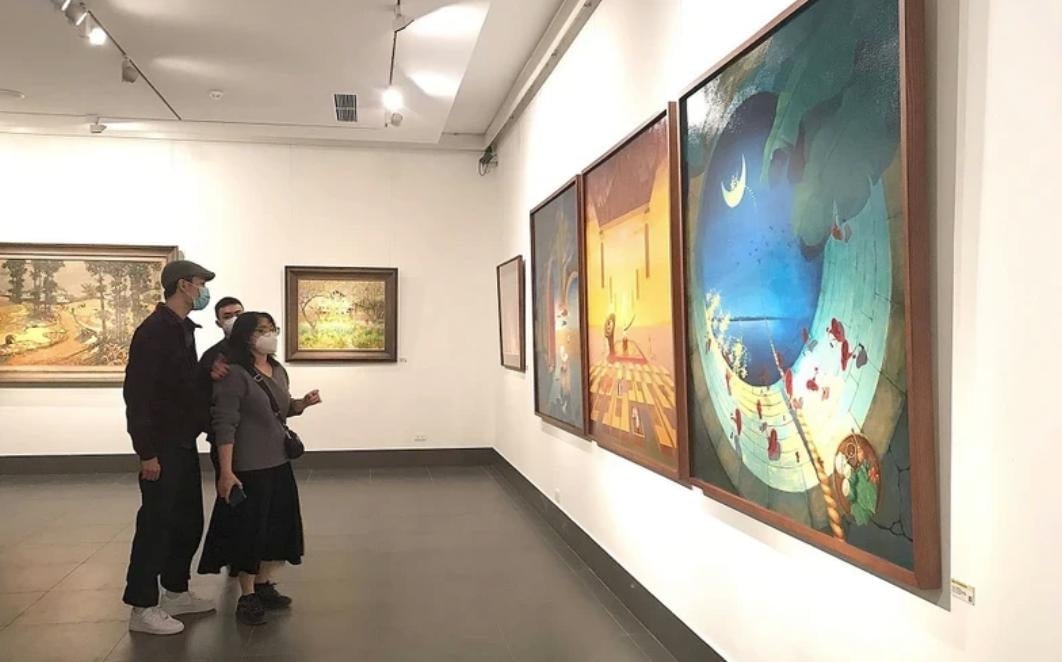 |
| Illustration photo: nhandan.vn |
Meanwhile, the LLPB system of fine arts, which plays the role of a “guide”, helping art establish a system of values, is being neglected, underinvested and, more importantly, understaffed. Even those who are properly trained have difficulty finding opportunities to actually practice, leading to the phenomenon of “training without use”, causing a serious waste of human resources. The Theory Department of the Ho Chi Minh City University of Fine Arts has merged with another department because there are no students. In Hanoi , the Department of Theory, History and Criticism of Fine Arts (Vietnam University of Fine Arts) can only recruit 1-3 students per course, the most recent course has improved with 5 students. This situation reflects a core problem: There is no “output” for LLPB students. The mainstream fine arts press has only a few publications left, and career opportunities are almost zero.
Not only lacking a foothold, LLPB’s voice has also become reserved and lacking in sharpness. Very few articles dare to go against the majority, dare to offer new interpretations, re-evaluate values or criticize deviant trends. The reason? Partly because of the “avoidance of collision” mentality, partly because professionals cannot make a living from their profession - income is too low, royalties are not enough to nurture research dedication. Meanwhile, many articles about fine arts today are simply “adapted” from press releases. The fine arts market operates on promotion and intentional praise. Academic criticism has gradually lost its critical role, replaced by emotional “art reviews”, even somewhat commercialized, when some artists are willing to pay people to write articles to “paint” their names in the press or on social networks.
An art without LLPB is an art without a backbone. It makes artists lose intellectual dialogue, the public lacks tools to receive and society has no basis to evaluate, preserve or develop artistic heritage. The result is confusion between real and virtual values, between works with depth and temporary "shocking" products.
LLPB is not opposed to creation. On the contrary, it is a companion, a “mirror” that helps artists reflect on their creative journey. LLPB must truly be the voice of knowledge, dialogue, and academic debate, aiming to create sustainable values, not to “beautify” works or “create waves” in the media. To do so, serious participation from the entire system is needed. The State needs to have policies to invest human resources and financial resources in art research and criticism. Training institutions need to be strengthened and restructured, encouraging learners with scholarships and career opportunities.
In a globalized art world , constantly changing and blurring the boundaries between genres, the role of LLPB becomes more urgent. It is not only an intrinsic need of the fine arts industry but also a prerequisite for positioning national cultural identity in the international arena.
Associate Professor, Dr. QUACH THI NGOC AN
*Please visit the Culture section to see related news and articles.
Source: https://baodaknong.vn/nguoi-dan-duong-chua-lam-tron-vai-251952.html


![[Photo] National conference to disseminate and implement Resolution No. 66-NQ/TW and Resolution No. 68-NQ/TW of the Politburo](https://vphoto.vietnam.vn/thumb/1200x675/vietnam/resource/IMAGE/2025/5/18/adf666b9303a4213998b395b05234b6a)



![[Photo] General Secretary To Lam visits exhibition of achievements in private economic development](https://vphoto.vietnam.vn/thumb/1200x675/vietnam/resource/IMAGE/2025/5/18/1809dc545f214a86911fe2d2d0fde2e8)

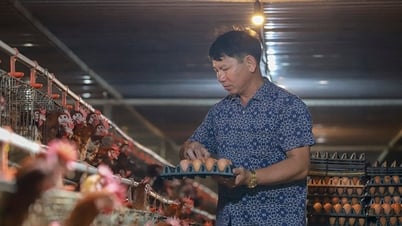

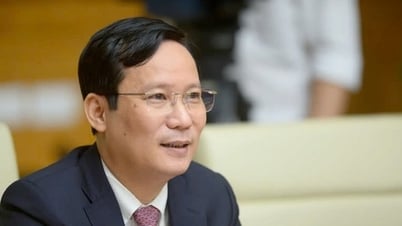

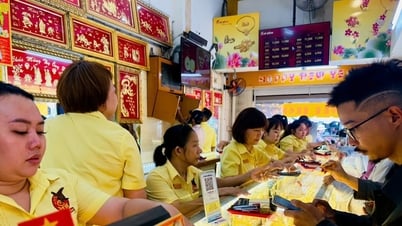


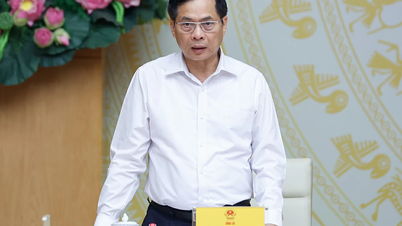





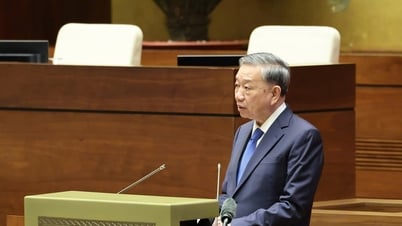



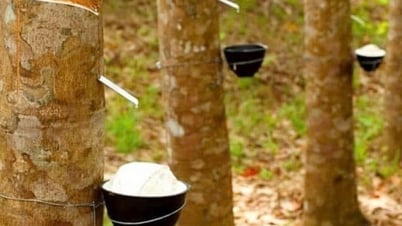
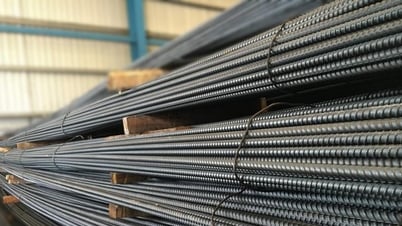
















































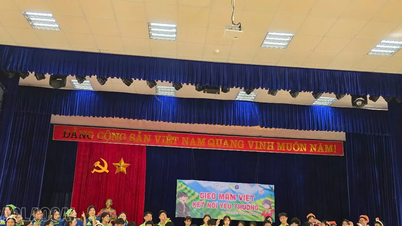

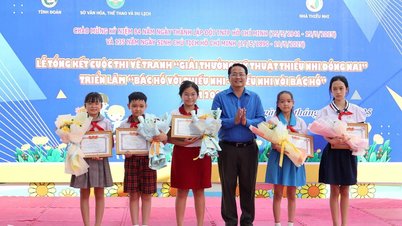
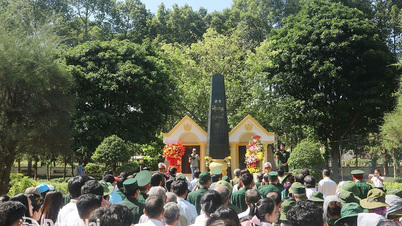
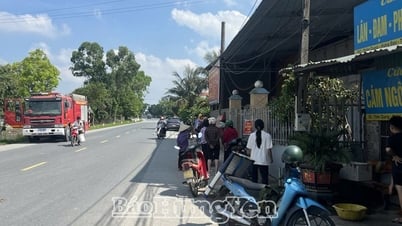










Comment (0)